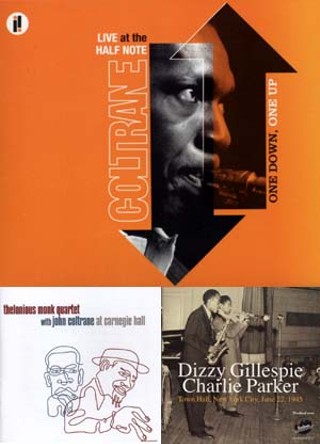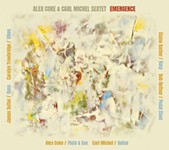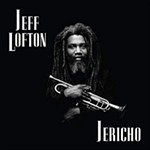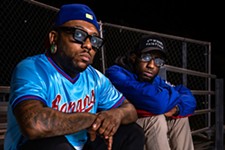Dizzy Gillespie / Charlie Parker, Thelonious Monk / John Coltrane, and John Coltrane
Gift guide
Reviewed by Jay Trachtenberg, Fri., Dec. 16, 2005

Dizzy Gillespie/Charlie Parker
Town Hall, New York City, June 22, 1945 (Uptown)
Thelonious Monk Quartet with John Coltrane at Carnegie Hall
(Blue Note)
John Coltrane
One Down, One Up: Live at the Half Note (Impulse)
Eureka! Three newly discovered live performances document, in outstanding fidelity, important moments in modern jazz from some of the genre's most crucial innovators. Trumpeter Dizzy Gillespie and saxophonist Charlie Parker were the heartbeat and torchbearers of the revolutionary sounds of bebop. Town Hall, New York City, June 22, 1945 finds the two compadres in peak form just months after laying down the gauntlet of the first bebop recordings. This date presents the new sound shortly after its birth, in its purest form, and has been called a "rosetta stone of modern jazz." Pianist Thelonious Monk and saxophonist John Coltrane, a former Gillespie sideman, played together less than a year in 1957 and recorded only minimally. The Library of Congress just unearthed a pristine tape from that year of the Thelonious Monk Quartet With John Coltrane at Carnegie Hall, which fleshes out the musicians' all-too-brief collaboration. The date captures the giants several months into their tenure and thus well-oiled. In two sets of Monk compositions, the pianist's characteristically quirky, angular, and somewhat sparse stylings counter Trane's explosive and torrential "sheets of sound." The music still sounds remarkably fresh. Shortly thereafter, Coltrane formed his legendary quartet. One Down, One Up: Live at the Half Note, from 1965, is a culmination of the band's work near the end of its remarkable half-decade together. Intense and breathtaking, here's Coltrane & Co. in full spiritual and passionate flight. It's a sound to behold.
(Diz/Bird)
(Coltrane; Monk/Coltrane)










